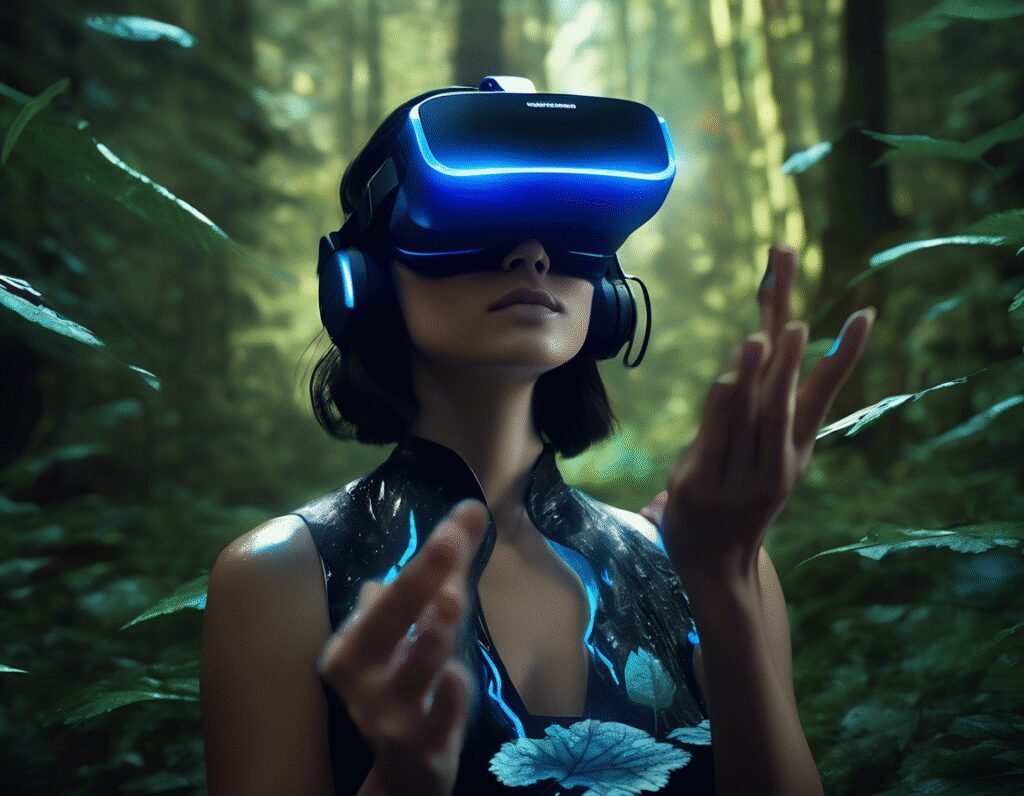Meta Unveils Hyperrealistic VR Prototypes with Stunning Specs
Meta recently showcased its latest VR prototypes, pushing the boundaries of visual fidelity and immersion. Among the highlights is the Tiramisu project, described as hyperrealistic VR. This prototype boasts three times the contrast, 14 times the maximum brightness, and 3.6 times the angular resolution of the Meta Quest 3. In practical terms, Tiramisu delivers up to 1,400 nits of brightness and an impressive 90 pixels per degree in angular resolution.
The goal of Meta’s Reality Labs Research team is to create a VR experience that passes a visual Turing test—meaning it should be indistinguishable from reality. Xuan Wang, an optical research scientist at Meta, explained that the mission was to achieve the best possible image quality. However, this came with tradeoffs. Tiramisu has a narrow field of view of just 33 degrees by 33 degrees, significantly smaller than the Quest 3’s 110-degree horizontal and 96-degree vertical FOV. Additionally, the current design is bulky, limiting its practicality for everyday use.
Alongside Tiramisu, Meta also revealed the Boba 3 headsets, which focus on an ultrawide field of view for mixed and virtual reality experiences. All three prototypes will be on display at the SIGGRAPH 2025 conference in Vancouver, offering a glimpse into the future of VR technology.
While these prototypes demonstrate Meta’s commitment to advancing VR, they also highlight the challenges in balancing performance, form factor, and usability. The Tiramisu project, in particular, shows how cutting-edge visual quality can come at the cost of comfort and field of view. Still, these innovations suggest exciting possibilities for the next generation of VR hardware.


